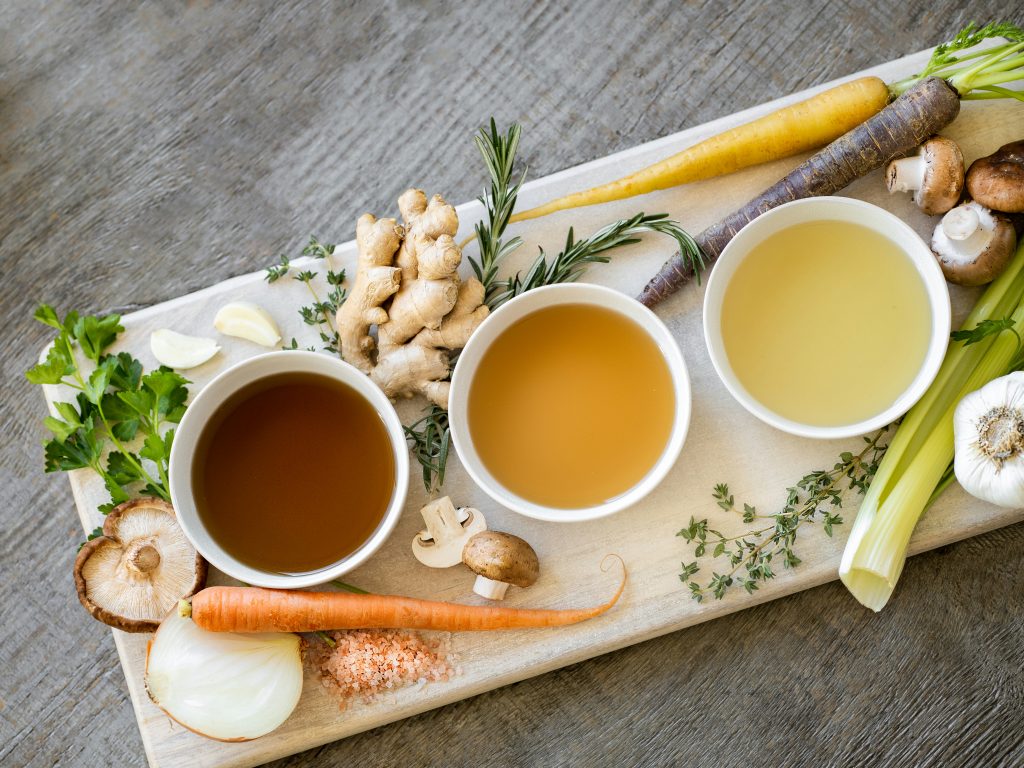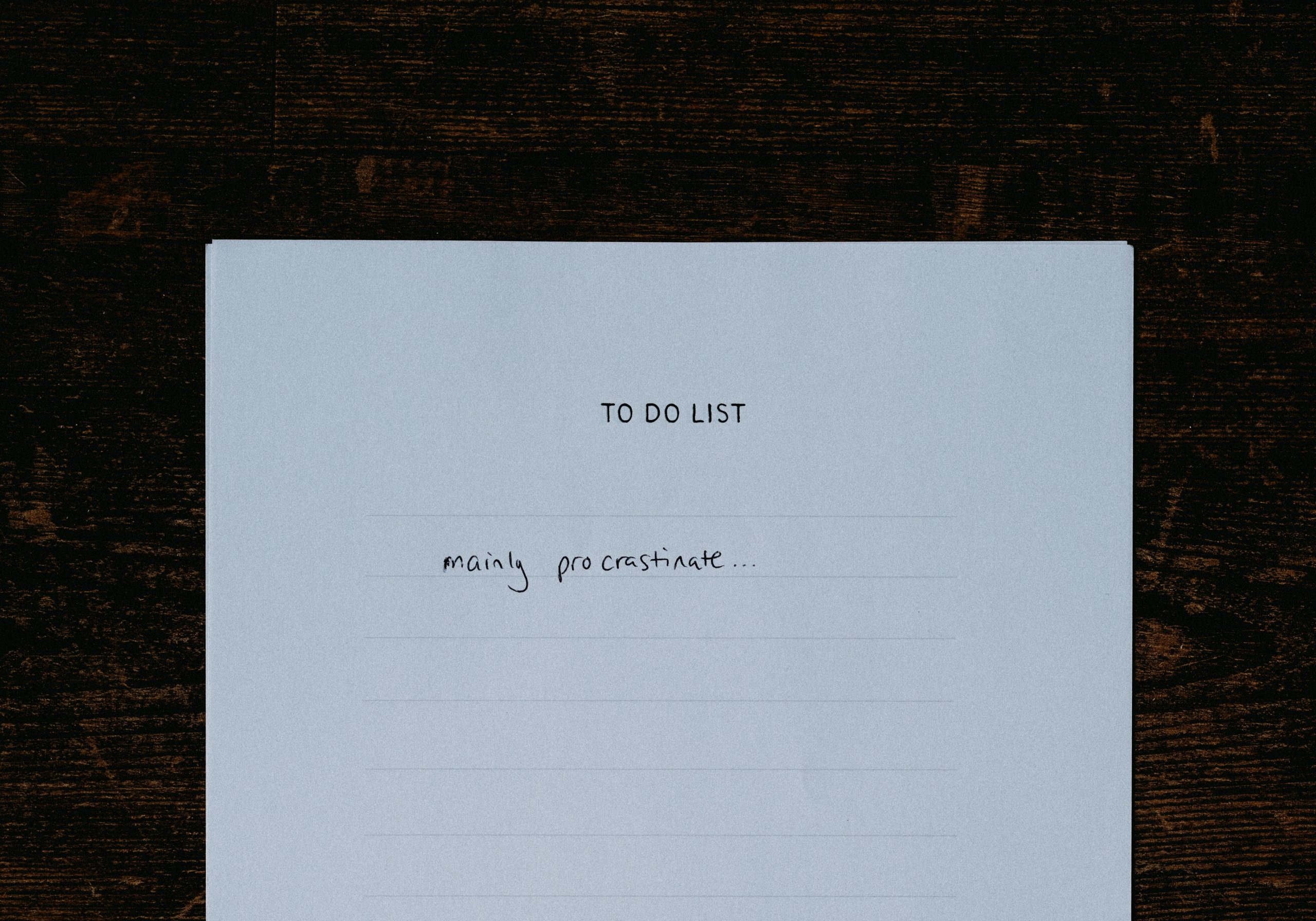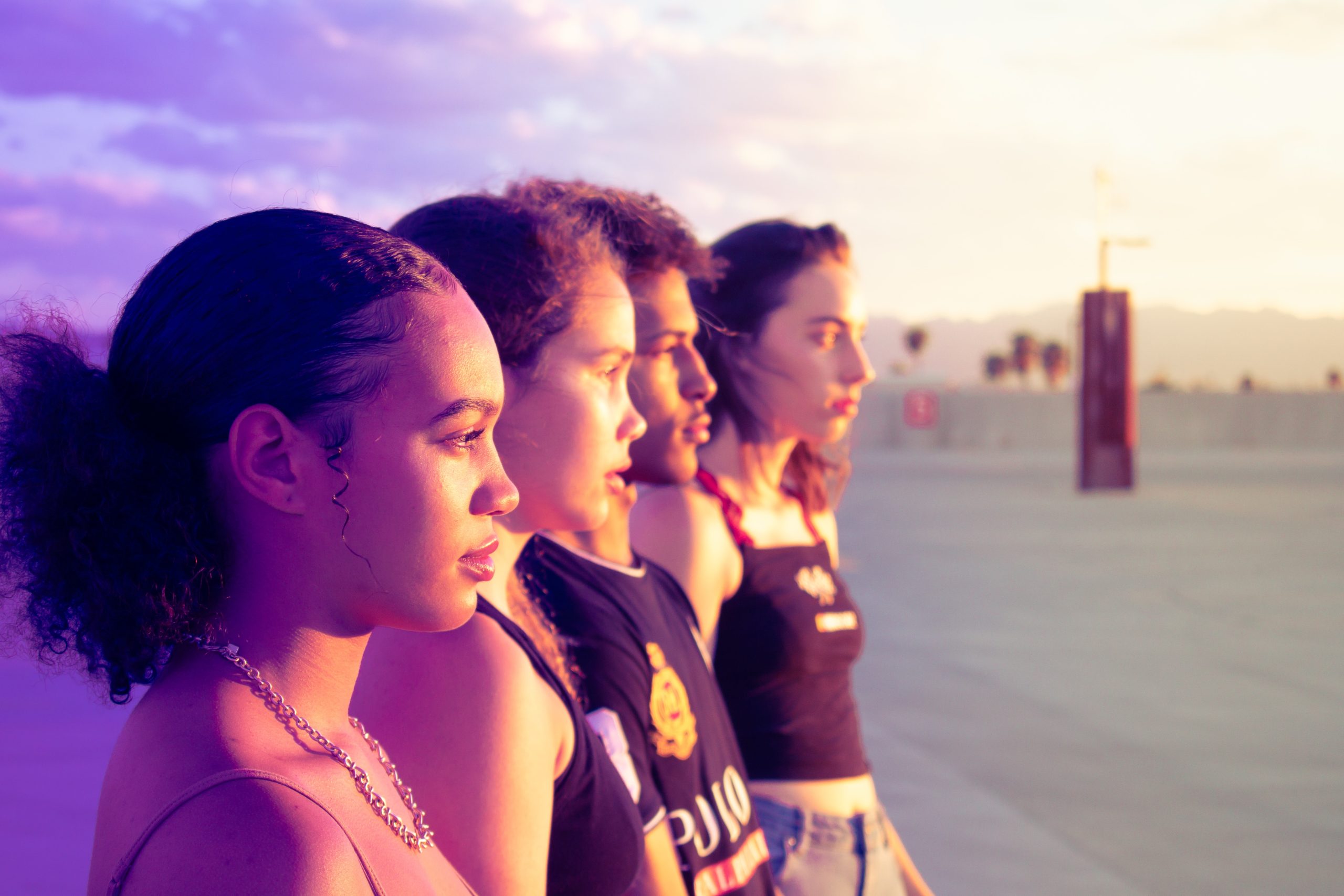Wellness influencing is a classic path for an influencer to go down. Instagram has been flooded with wellness content pretty much since its inception. If you’re a woman on Tiktok it’s a miracle if you haven’t been shown what yoga pose/vitamin supplement/hair oil you should be using in the name of wellness. Wellness is a multi-TRILLION dollar industry globally, worth $5.6 trillion in 2022, and predicted to be up at $8.5 trillion by 2027. The skyrocketing value of the industry is down to social media. Beautiful people used to be rare and exceptional – faces in magazines or on television. Now it’s all we see, all day every day on social media. It doesn’t matter whether they’re real or not. They’re real to use emotionally. The pressure to be like them has never been greater, and we’re all paying to try.
What are the key features of a wellness influencer?
Basically, it’s anyone online who documents themselves “living their best life” on social media, and advises others on how to do so. This can be diet and nutrition content, fitness, beauty and skincare, mindfulness, etc. Women must be beautiful and thin, men must be ultra-masculine and sculpted out of marble. Importantly, their advice must be almost impossible to follow, and their beauty/fitness standards unachievable. They must be an aspiration, not a realistic goal. This way, they can continue to sell to their audience, because their audience will never stop striving to be like the influencer.
Why should we take the word of a wellness influencer with a pinch (or a bucket) of salt?
As I describe above, the goal isn’t actually to help people. The goal is to gain popularity and make money. Whether the products they’re selling or their advice actually works is generally completely irrelevant. They don’t have to actually use the products they plug, they just have to say they do. They don’t have to follow the diet and fitness plans they create, because how will anyone know? And even if they do use the products, and do follow the plans, people will fail to take into account factors like genetics, wealth and geography.
Let’s have a look at a couple of extreme examples of wellness influencer lies:
- The Liver King or Brian Johnson made his career as an influencer promoting an “ancestral lifestyle”, which involved eating raw meat and high-cholesterol foods to achieve rippling muscles like his. Obviously, this diet is extremely dangerous and does not give you a chiseled physique, but a lot of people bought into the lifestyle. Then, after repeated denials, Brian Johnson revealed he had been using $11,000 worth of steroids a month to maintain his body. Queue shock, horror, and lawsuits.
- The story of Belle Gibson is a fairly old one now, but she was one of the original wellness influencers. She claimed to have cured her terminal brain cancer with “natural” and “alternative” medicine, and documented it on her socials. She was eventually found to be lying, but after selling a wellness app and getting book deals. Her content was dangerous because other cancer patients may have believed her lies, and withdrawn from medicine that could actually help them.

The wellness industry marketing strategies are manipulative and insidious.
A lot of us feel unwell most of the time. We’re tired, overworked, overwhelmed, malnourished and dissatisfied. Medical care can be hard to come by, especially if a condition is quality-of-life reducing but not life threatening. Wellness influencers offer solutions to all these problems. They offer hope. As I mentioned in my last post, that hope is used to market to us. But that doesn’t just apply to health. We hope for clear skin, toned abs, a carefree mind. If you lack those things it’s just because you haven’t bought the right product yet, or tried the right nutrition workshop, or done the right fitness regimen. But keep trying, and keep spending money, and maybe one day you’ll be living your best life.
But not every health claim online is a malicious lie.
There are a few ways to tell when advice can be genuinely useful. If buzzwords are used like ‘natural’, ‘detox’, ‘eco’ or ‘miracle’ then you can safely assume the advice and/or product is snake oil. Especially look out for scientific sounding marketing terms, such as “non-comedogenic” skincare – or allegedly non pore-clogging skincare products. However this is a marketing term. Any skincare can be labelled this however, no matter what they contain or claim to do. The term is meaningless.
You can also use the SIFT method for evaluating the veracity and accuracy of wellness claims from influencers. This formula can be applied to any information found on the internet, and is a useful tool for anyone who spends time on social media.
Which brings me to the easiest solution: get off social media. If you don’t expose yourself to the lies and manipulation of wellness influencers in the first place you wont be drawn in. It’s also easier to feel better about yourself and your own life you’re not being told how inadequate you are by impossibly shiny beautiful humans who are so happy all the time. Spend time interacting with real, genuine people and you’ll see what a fantasy these influencers are selling.
In my next post I’ll explore the wellness to conspiracy theorist pipeline.
Troublingly, the world of wellness influencing is becoming more and more tied up in alt-right and conspiracy theory ideologies. It isn’t a big step from “alternative medicine works better” to “modern medicine is actively trying to harm you and the government is behind it”. Unfortunately, anyone can get drawn in to this by their social media algorithms, and not even realise.



